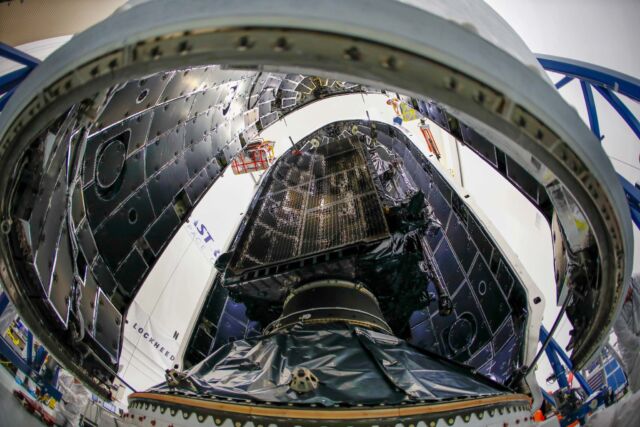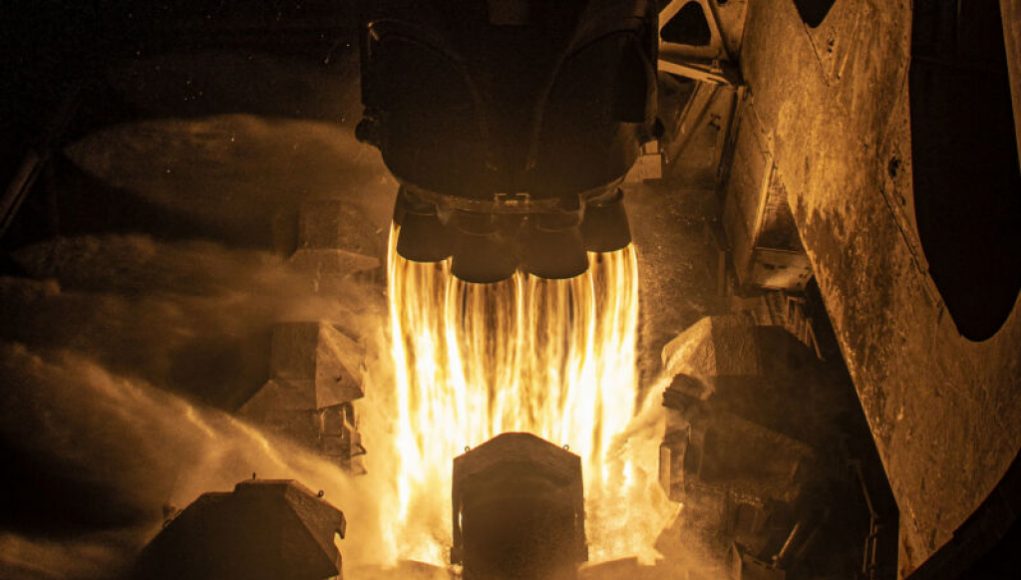The US Space Force is shaking things up in its rocket procurement process, announcing that it will be seeking a third provider for national security launch services. This is exciting news for Blue Origin, as it has long desired to join the ranks of United Launch Alliance and SpaceX as a preferred launch contractor for the military. The Space Force has been working on refining its launch services purchasing strategy, aiming to increase competition and reduce reliance on just one or two companies.
Pardon the jargon
In February, the Space Force introduced a “dual-lane” acquisition strategy, which involves two tiers of space missions. The goal is to diversify launch providers and avoid putting all the launches under one contract. Instead, they are divided into two classifications: Lane 1 and Lane 2.
Lane 1 focuses on less risky missions, including smaller tech demos, experiments, and launches for the military’s new constellation of missile tracking and data relay satellites. Rockets eligible for Lane 1 must be able to lift at least a metric ton of payload into low-Earth orbit on a single flight.
Lane 2, on the other hand, handles the government’s most sensitive and costly national security satellites, such as surveillance spacecraft and GPS navigation satellites. These missions require medium-to-heavy lift rockets that can place payloads into various reference orbits.
The Space Force has made adjustments to its launcher acquisition strategy based on industry consultations and a realistic assessment of future missions. Instead of selecting two companies to compete for Lane 2 missions, they will now choose three. The Space Systems Command has released a new draft of its request for proposals for the upcoming launch services competition, covering five years of launch orders beginning in fiscal year 2025.

The Lane 2 missions are the most challenging and crucial ones, involving billion-dollar payloads going to unique orbits. The Space Force aims for 100% mission success to meet the nation’s security needs. This procurement round, known as “National Security Space Launch Phase 3,” aims to broaden the base of companies for military launches and ensure a diverse and competitive landscape.
Here’s a quick overview of the terms:
- Lane 1: Smaller, less proven rockets supporting large satellite constellations and military tech demos (about 30 missions)
- Lane 2: Larger, more proven rockets for heavier payloads going into higher orbits (about 58 missions)
- Phase 2: The Space Force’s previous rocket procurement round, which selected ULA and SpaceX as winners in 2020
- Phase 3: The Space Force’s ongoing rocket procurement round, which aims to broaden the base of companies for military launches
The US military has added a new contractor to its roster of launch providers. On August 21st, Northrop Grumman Innovation Systems announced that it has received an award of a contract to support the Department of Defense and launch a variety of spacecraft.
The contract consists of up to 16 launches of payloads over four years with the option to purchase additional launches. The launches will occur at various sites in the United States. The payloads will range from “small satellites” to large payloads and will require the use of a variety of launch vehicles.
Northrop Grumman Innovation Systems (NGIS) is no stranger to the US military launch scene. It as been a launch provider for the US government since the 1990s. This latest award is a testament to NGIS’s long-standing commitment to providing reliable, cost-effective launch solutions for the US government.
The US military gets its launch services from a small pool of contractors which is necessary since the space industry is highly regulated and requires extensive security measures. This latest addition helps to ensure the US government can consistently access a wide range of launch capabilities.
Northrop Grumman Innovation Systems is dedicated to providing innovative, reliable and cost-effective launch solutions for its customers. The company has worked diligently to develop a team with the experience, capabilities and resources necessary to ensure successful launches.
The addition of Northrop Grumman Innovation Systems to the US military’s roster of launch providers will no doubt prove to be a great benefit. With this award, the company is helping to ensure the US government can launch a variety of payloads at various sites in the United States. With this addition, the US military now has increased flexibility when it comes to launch capabilities.




















